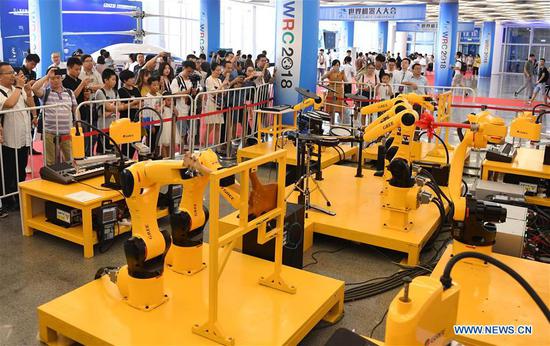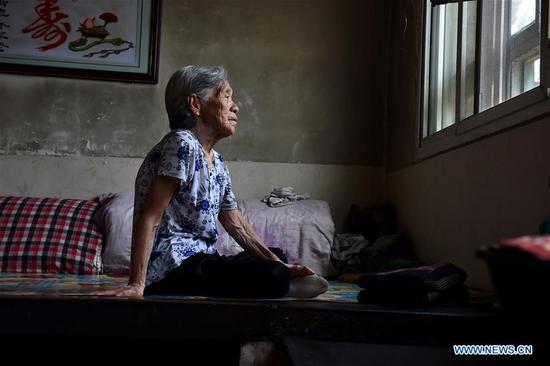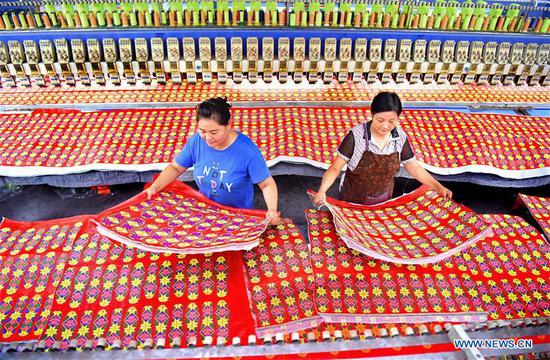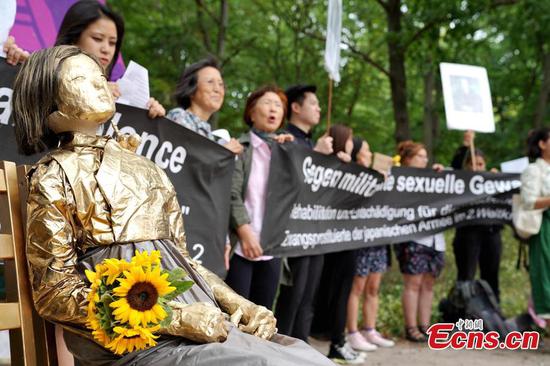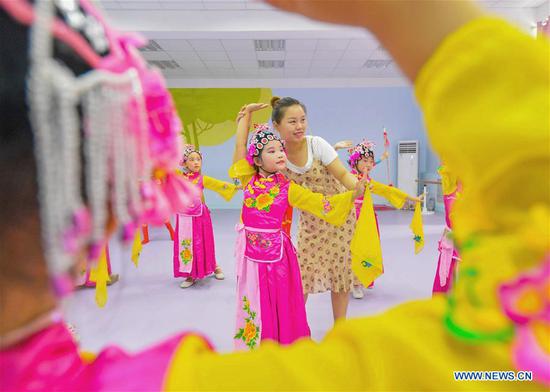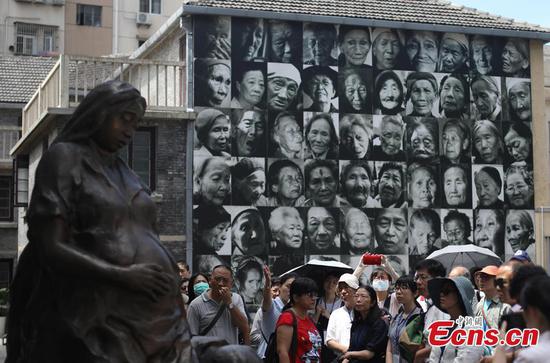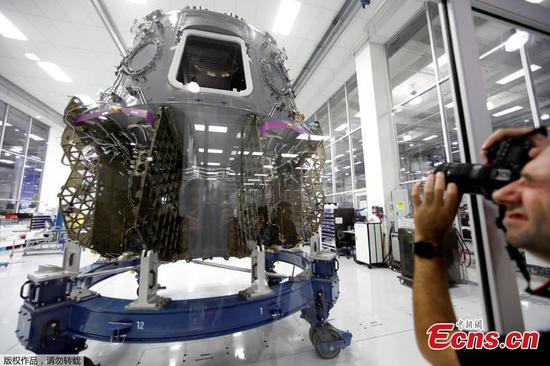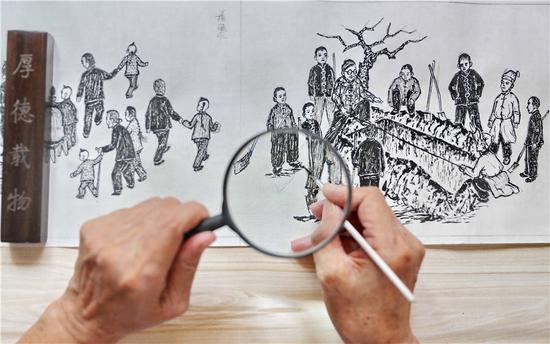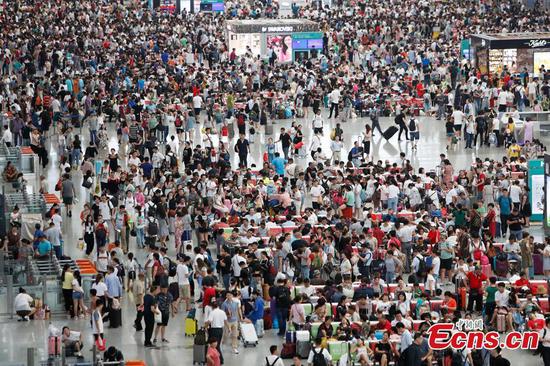A burgeoning industry
With sports being embraced as a lifestyle choice by an increasing number of health-conscious urban Chinese, the country's bid to turn sports consumption into a new economic growth pillar is gaining momentum.
From plodding sweat-soaked exercisers at fitness clubs in major cities to excited crowds roaring on their heroes at professional basketball and soccer games, sports participation is rising.
Sports-related businesses in China generated 647.5 billion yuan in added value in 2016-17.8 percent higher than the figure for 2015-contributing to a total industry scale of 1.9 trillion yuan by the end of 2016, according to the latest figures from the National Bureau of Statistics.
However, Zhao Yong, GASC's deputy director, said the contribution of the sports industry to the country's economic growth remains modest, with untapped potential in the service sector yet to be fully realized.
"The industry scale of sports-related businesses in our country is still not big enough compared with other sectors or the equivalent industry in Western sporting powers such as the United States," Zhao said.
"The structure of the industry still needs to be diversified to explore more business opportunities in sports-related entertainment, leisure and the service sectors for more balanced growth in the future."
According to national statistics, the sports industry's added value accounted for 0.9 percent of GDP in 2016, while market analysis released by Plunkett Research indicated that the same proportion in the US was as high as 3 percent in 2015.
Huang Haiyan, a sports industry professor with Shanghai Sports University, identified public consumption of intangible sporting products and services such as fitness guidance, ticketing and spending at venues as the "next frontier" to close this gap.
"Public demand for sports-related consumption has escalated from only purchasing sports equipment to a diversified package that includes various services and experience-based products, while the supply of these products still lags behind other countries," Huang said.
According to official statistics, manufacturing and sales of sports goods remained the biggest contributor to the sports industry in 2016, accounting for 62.9 percent of the 1.9 trillion yuan volume, while the sports service sector took up 35.9 percent.
As China aims to build a 5 trillion yuan sports industry by 2025, more accessible exercise facilities, mass sporting centers and sports-related tourism destinations should be built, while a number of amateur sporting events should be organized, Huang said.










